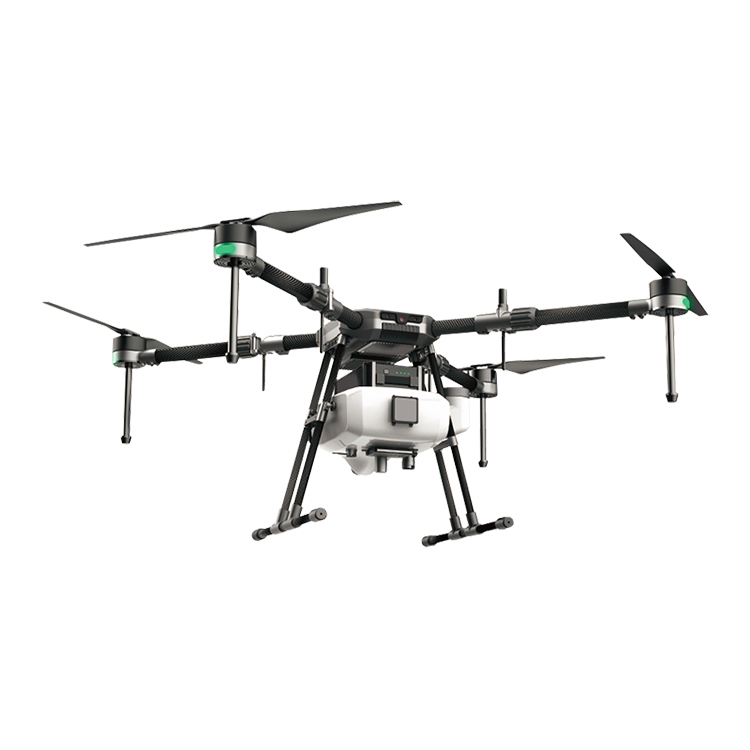The experience of setting ag drone operation

If your farm, or farmers you work with, aren’t flying ag drones, it will soon.
Companies across industries as diverse as construction, insurance, and now agriculture, have spent millions of dollars on drone services — causing the drone industry to explode. It’s no wonder, considering drone mapping delivers an average 3X time and cost-savings compared to traditional data capture methods.
Here are the top five lessons we’ve learned from helping large and small companies get their drone programs off the ground.
1. FIGURE OUT WHAT DRONES CAN DO FOR YOU
From automating planting to counting plants, and even making late-season course-corrections, growers and agronomists are putting drones to work in new and exciting ways every day. Before you can get started, sit down and figure out what drones can do for you. Drones are quickly becoming a part of ag pro’s toolbelt, unlocking better farm data and helping make smarter crop management decisions. So, do your homework. Find out where you can achieve greater ROI from flying drones on your farm.
2. GAIN BUY-IN FROM FARM MANAGEMENT
Getting management to support your drone program might seem tough at first. But a little forethought can go a long way. Be proactive and come to the table with a thoughtful plan for implementation. We recommend identifying immediate opportunities with the highest rates of return. Include these as a starting point in your proof of concept. As you develop metrics to measure success, focus on business outcomes, not just the technology.
3. HIRE THE RIGHT PEOPLE FOR THE JOB
Consider not only the positions you’ll need to start but the ones you’ll need to grow, too. Establish clear roles and responsibilities for when it’s time to scale up. Some of the key positions our customers have hired include UAV Operations Coordinators, Drone Data Analysts, and in-house or contracted pilots. Learn more about the roles you should consider in your new drone program by reading our recently published eBook.
4. MINIMIZE RISK WITH DRONE INSURANCE AND TRAINING
Risk is something many managers are concerned with — and rightfully so. Without the right processes in place, you can put your company in danger. Beyond written safety protocols, you should plan to invest in a training program for your team. You’ll also need to purchase drone insurance for your fleet. Liability insurance is a must. If you’re operating a more expensive system, with near-infrared or thermal sensor technology, consider buying separate hull insurance as well.
5. RESEARCH THE RIGHT HARDWARE AND SOFTWARE
Buying a drone is a big decision. Ultimately, you’ll need a drone that supports your team’s needs. Make sure to keep your crops, average flying conditions, and mapping subject in mind before you buy. The most expensive drone won’t necessarily lend the best results, but investing in a newer model does promise a longer shelf life, more software integrations, and a better user experience.
If you guys can not flying ag drone, we think take traning is necessary, after all the drone is not cheap.
4 rotors plant protection UAV 10KGS agriculture drone sprayer
Intelligent Agriculture is the trend of all over the world. And the intelligent drone act as a important role in this world plan.
Agriculture spraying drone can replace the traditional pesticide sprayer and it's speed is 40times of the traditional sprayer. It will save 90% water and 30%-40% pesticide. Small droplet diameter make the pesticide more well-distribute and improve the effect. At the same time, it will make the people faraway from the pesticide and reduce the pesticide remain of the crop.


